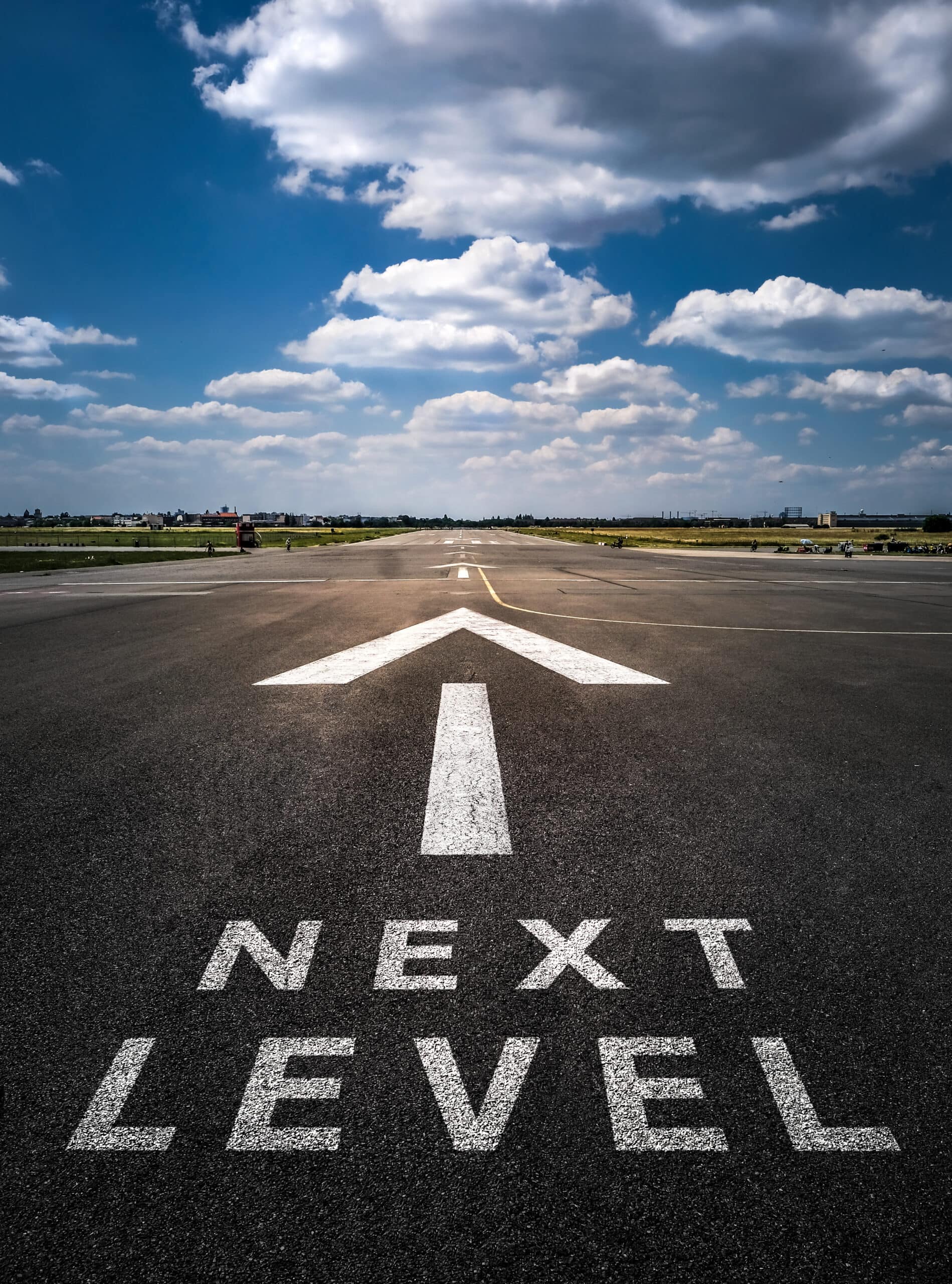Let’s talk about accountability—the leadership quality we love to preach but sometimes forget to practice. Expecting it from others is easy, but holding the mirror up is more challenging. But here’s the truth: accountability isn’t just a leadership buzzword—it’s the foundation of trust, growth, and great teams. And yep, it starts with you.
Personal Accountability: What Are Your Blind Spots?
Blind spots are sneaky. They hide behind good intentions and show up as overhelping, over-talking, or over-directing. If your team looks a little… overwhelmed… your blind spot might be in the driver’s seat.
Liz Wiseman, author of Multipliers, lovingly points out nine ways well-meaning leaders accidentally become Diminishers. Are you a:
1. Idea Fountain
“What if we…” “Have you considered…”
You’re a walking brainstorm. While ideas are your love language, your team is building an ark to survive the idea tsunami. Your creativity is excellent—maybe give people a chance to finish the last five you gave them first.
2. Always-On
You bring energy! Enthusiasm! Vibes! …and also exhaustion. You’re the Red Bull of the leadership world, but your team may be quietly Googling “How to mute a human.” Sometimes, the best support is stepping back, not turning up.
3. Rescue Ranger
You see your team struggling and swoop in like Leadership Batman. Problem? Solved! Fire? Extinguished! But you’ve also accidentally taught them that you’ll always solve it. Oops. Let them flail a bit—it’s how muscles (and minds) grow.
4. Rapid Responder
You answer every email, every ping, every question immediately. You’re like an overachieving magic 8-ball. But in your rush to be helpful, you become a bottleneck—and your team becomes passive, waiting for you to think for them. Hit pause. Let them noodle on it first.
5. Optimist
Your motto: “It’ll be fine!” Even when the deadline is burning, the client is calling, and the printer is smoking. You’re so positive that people feel bad bringing you bad news—or worse, they stop bringing it altogether. Realism is vital with that sunshine – your team must know “you get it.”
6. Pacesetter
You’re fast. Efficient. A productivity ninja. So you set the bar by doing everything yourself… perfectly. Constantly. Your team watches in awe—and quietly gives up trying to keep up. If you’re always ten steps ahead, no one learns to walk.
7. Perfectionist
You’ve got high standards. That’s great! But when nothing is ever quite good enough, your team learns to stop trying. Or they wait for you to re-do it anyway. Pro tip: Done is better than perfect—especially when you didn’t have to do it. Perfectionism is typically a fast-lane highway to burnout.
8. Protector
You shield your team from challenges, harsh feedback, or uncomfortable truths. It’s sweet… but it also stunts growth. Protecting people from stress also prevents them from learning how to deal with it. Instead of bubble-wrapping them, teach them to bounce back.
9. Know-It-All
You’ve got knowledge for days. Wisdom for weeks. But no one else can find the answers if you’re always the one with the answers. Worse, they may stop trying. Be the guide, not the encyclopedia.
The first step in accountability is looking in the mirror and asking, “Am I helping, or am I just helicopter-leading?” If you’re not sure, ask your team. If your question is followed by an awkward silence and intense coffee sipping, there’s a good indication.
Feedback: Praise with Purpose – Don’t Leave Your Colleagues Hanging!
“Great job!” is nice.
OR
“Great job leading that meeting—it brought clarity to the project and saved us hours in back-and-forth emails!” is better!
Why? Because praise with impact shows people why their work matters. It reinforces the behaviour and the value behind it. And the added benefit of connecting the dots for your team, people are more likely to repeat what they know worked.
Corrective Feedback: No One Likes a Drive-By Critique
Giving feedback shouldn’t feel like a surprise attack. You know the type: vague comments lobbed across the meeting room table, followed by awkward silence and someone nervously sipping their iced Americano like it’s a shield.
But honest, constructive feedback? That’s a gift. Wrapped in clarity, curiosity, and care.
Here’s a six-step approach that turns feedback from fear-inducing to future-focused:
1. Be Clear on the Topic
Start with a heads-up. Don’t ambush them while they’re grabbing their lunch or three seconds before a meeting starts.
Try: “Hey, I want to discuss how the budget presentation went.”
This sets the stage, frames the conversation, and helps them mentally prepare for the meeting.
2. Share Observations (Not Interpretations)
Stick to what happened, not your assumptions or opinions.
Try: “I noticed you didn’t address the forecast slides.”
Not: “You didn’t seem prepared,” or “You lost the room.” Be an observer and not a dramatizer – there is no need to spice it up with assumptions.
3. Name the Impact
This connects the dots and helps them understand why it matters.
Try: “That left the exec team unclear on next quarter’s risks.”
It turns “you made a mistake” into “here’s how that moment affected the bigger picture.” This shifts the tone from blame to learning.
4. Stop. Ask & Listen.
Yes, stop. Many leaders rush past this part. But if you skip it, you miss the context.
Try: “What challenges were you facing in that moment?”
You might hear, “I was told to cut time in half,” or “I was nervous I’d get grilled on that data point.” Now, you’re not just reacting—you’re understanding. And that’s powerful.
5. Invite Ownership
Instead of solving it for them, coach them toward their solution.
Try: “How do you think you could handle that next time?”
Yes, it might be slower. Yes, you might want to jump in because you already know the answer. But don’t. Hovering may feel helpful, but it quietly teaches your team they can’t do it without you.
This is where leadership becomes less about doing and more about developing. Let them think, let them stumble, and let them build those accountability muscles. You’re not training robots—you’re growing leaders who can think critically and act confidently (even when you’re not in the room).
6. Get Tactical
Now that they’ve reflected the reflected, help them turn it into action.
Try: “What steps can you take to move this forward and clear up any uncertainty about our forecasts?”
This is where accountability sticks. Clarity creates momentum—and momentum beats motivation every time.
With this approach, you’ve avoided the classic leadership trap of “I’ll just do it myself” and invested in your team’s growth, resilience, and confidence.
Where Accountability Meets Humanity
Yes, hold people to a high standard—but don’t forget they’re human. We all have off days, unexpected roadblocks, and moments when our best intentions fizzle like flat soda. That’s where empathy and compassion come in.
Here are a few ways to lead with both:
- Assume positive intent before jumping to conclusions. Curiosity beats judgment every time.
- Validate emotions. “That must’ve been frustrating” goes a long way toward building trust.
- Normalize learning moments. Mistakes aren’t the end—they’re part of growth.
- Offer help without taking over. Try: “What support would be most helpful from me right now?”
Empathy and compassion aren’t about lowering the bar. They’re about clearing the runway so your team can actually reach it.
The Accountability Boomerang: What You Give is What You Get
Think of accountability as a leadership boomerang: throw it out with clarity, kindness, and courage—and it comes back in the form of stronger teams, better decisions, and less “Ugh, I’ll just do it myself” burnout.
Accountability isn’t just about holding others to a standard. It’s about raising the standard—starting with ourselves. With the proper feedback, humility, and maybe a bit less “always-on,” we can all become the kind of leader people are glad to follow… and not just because we bring donuts to the Monday meeting.

Lead Vantage Team
In today’s fast-paced market, strong leadership isn’t about fixing but developing. When leaders stop hovering and start coaching, teams become more accountable, engaged, and capable. At Lead Vantage, we help leaders build ownership cultures through better feedback, empathy, and trust. Visit our website to learn more about our programs! Additionally, if you want to learn more about Liz Wiseman, visit her here.




